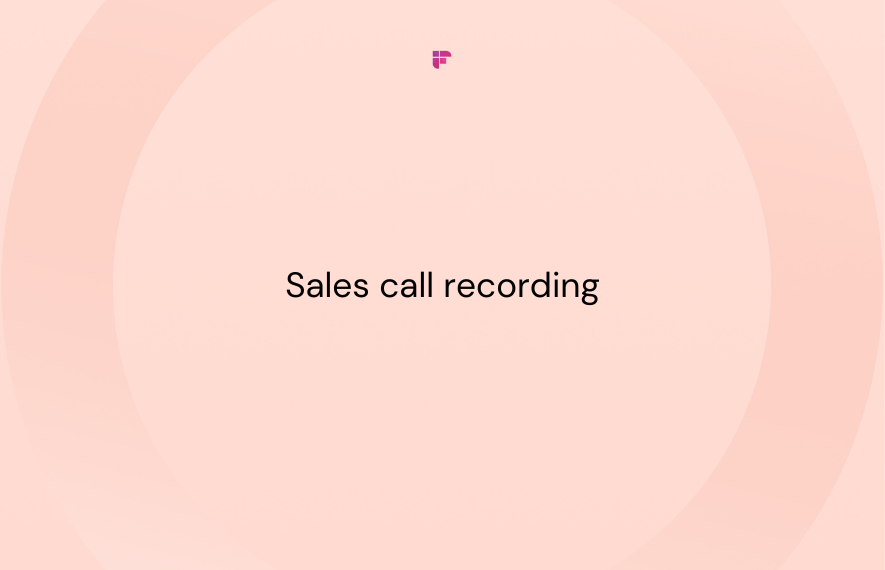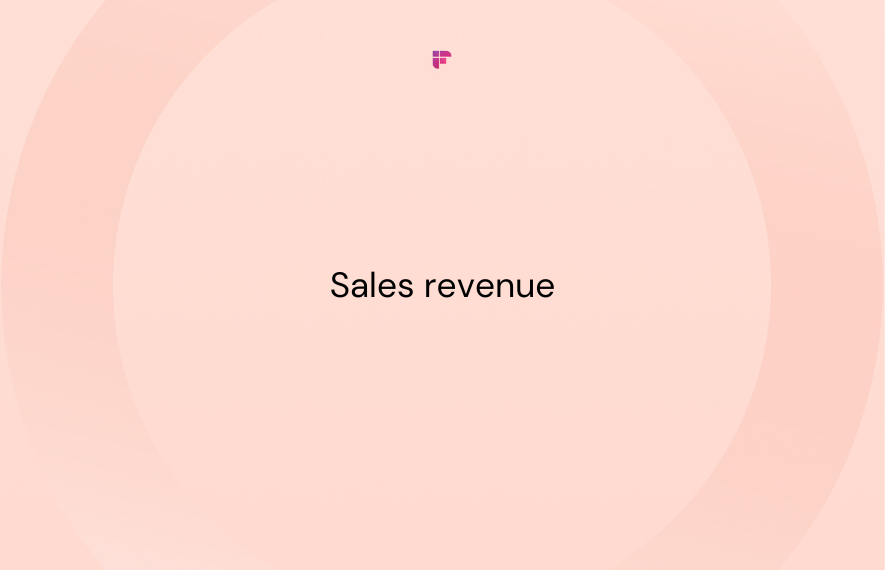With the right people on your team, your sales organization can be at the top of the game and maintain high performance. But in the current job market, organizations aren’t the ones with full control. It’s the candidates who have the power to choose where they want to work, not the other way around.
But recruiting for job openings can be frustrating, especially when you devote your resources to a candidate only for them to reject your offer. What’s worse is when you hire a candidate who doesn’t stick around. That is why HR professionals and recruitment officers must work harder to attract and retain top sales talent.
1. Use recruitment software to catch their attention.
Recruiting top sales talents is an ongoing process that doesn’t only begin or end with posting a job listing. But with their plates full of other tasks and duties, HR professionals may find it difficult to focus on the recruitment process without sacrificing their day-to-day responsibilities. By replacing outdated systems and turning to modern technology, the HR department will be able to strategize its hiring process better.
Recruitment software, often called applicant tracking systems, helps organizations source, hire, and onboard sales talents. From finding candidates, screening resumes, sending out offer letters, and analyzing data in real-time, this software helps streamline and automate tasks. Not only does this lessen the HR department’s workload, but it helps the company save time, resources, and energy.
More than that, a systemic approach to hiring leaves candidates with a pleasant brand experience. This part is crucial because candidates will talk. A study from Talentegy reported that 69% of job seekers would share their poor candidate experience. If other job seekers start thinking negatively about your organization, it will decrease your talent pool and harm brand loyalty among customers.
2. Create an attractive and accurate job posting.
Job postings are a candidate’s first glimpse into your organization, making this hiring process step the most crucial one. When your job listing falls short, it will have a damaging effect on the quality of your applicants. Any top sales talent that sees your dull job postings will steer clear of your organization and start looking for better opportunities elsewhere.
Without an attractive and accurate job posting, you will only be left with a pool of unqualified applicants. But creating a compelling listing on your own can be difficult. From defining the job description, imagining a candidate persona, preparing the content, and customizing the job posting, HR professionals have a lot of things to consider to make it stand out.
Here’s another part where using recruitment software that provides real-time analytics is beneficial. For example, if data shows LinkedIn is bringing in the most applicants, your organization can focus more on that platform. When you have valuable stats and a detailed breakdown of your job postings, you’ll be able to create a job posting that attracts top sales talents.
3. Streamline and simplify your hiring process.
Since the HR department needs to find the perfect candidate for the job, they have to assess the applicants properly. If a lot of people are interested in your organization, examining all the resumes and candidates will take time. But HR professionals need to understand the risk of a delayed recruitment process.
A survey from CareerArc found that 69% of job seekers believe the response time to applicants is the worst part of the hiring process. It’s no secret that when organizations take too long to respond, applicants will start getting antsy and will look for other job opportunities and accept another organization’s offer.
The longer your hiring process takes, the further promising top sales talent slips into the claws of your organization’s competitors. In this digital age, manually sifting through papers and keeping track of each applicant almost feels primitive. We now have software solutions that can automatically rank candidates and remove those who don’t meet the criteria.
4. Help new talents succeed.
Once you’ve welcomed some new sales representatives into the team, it’s time to help them grow and succeed. Onboarding is one of the toughest job transitions, and most new employees are hesitant to ask questions or seek feedback from sales managers. That’s why coaching is important to ensure new hires adapt to your organization and stay or become the top sales talent that you need.
The first thing that you should do to set up your new hires to succeed is to give them thorough training. Provide access to all the reading materials regarding the organization’s policies and procedures.
A great onboarding idea is to provide new talents with a mentor who can coach them. Instead of going directly to the boss, new employees will have a closer point of contact that can immediately offer answers to any question. 5. Celebrate small victories and be smart about bonuses.
The lack of recognition and compensation are some of the main reasons why top performers leave a company. Given the tremendous pressure and extreme focus on performance and production, top performers often become disheartened when they fail. As they continue to struggle and become more disheartened, they may eventually give up.
That’s why the culture of giving encouragement and recognition only when a sales representative closes big deals should stop immediately. Top sales talents get a big rush when they see the fruits of their labor pay off. By providing a supportive environment and celebrating small everyday victories, top performers will feel more motivated and engaged at their job and in the company.
Aside from offering helpful feedback and motivation, providing bonuses ensures employees don’t start searching for a better offer. But organizations need to be smarter about compensation. It should always be within a top performer’s reach at all times. If you tie it largely on quarterly or annual bonuses, your top performers will only stay long enough to collect them. Organizations can offer to pay off a top performer’s student loans at certain intervals or offer company shares that can be vested over time.
Keep Your Eyes on the Prize
A sales organization that fails to attract and retain top performers won’t get very far in the industry. To ensure they hire the right people with long-term investments in the company, organizations need to improve their hiring process, onboarding, and workplace environment.
This article is contributed by Angeline Licerio.
Angeline is a content writer for Elevate Corporate Training, a team of corporate trainers committed to improving the performance of individuals and teams within organizations.







